Kate Middleton’s health updates: “Does Kate Middleton have cancer?”
The news of Kate’s cancer diagnosis hit hard, and what made it even more impactful was the way she chose to share it. Instead of delegating the task, she bravely took it upon herself to deliver the news personally. This act of courage not only revealed her strength but also showcased her authenticity and relatability, highlighting her true character. It was a touching display of humanity that resonated deeply with many.
Table of Contents
Kate Middleton’s health Updates:
- On Friday, March 22, Kate Middleton revealed that she had been diagnosed with cancer and was undergoing “preventive chemotherapy.”
- The Princess of Wales disclosed that the cancer was discovered following her abdominal surgery in January.
- Kate explained that she and Prince William had taken the time to talk to their three children about her health. She also announced that she would be stepping back from work to focus on her health and recovery.
- Many, including her brother-in-law Prince William and his wife Meghan Markle, rushed to send messages of support, wishing her “health and healing.”
- Kate’s revelation makes her the third member of the royal family to publicly disclose a recent cancer diagnosis, following King Charles and Sarah, Duchess of York, who had previously shared their diagnoses.
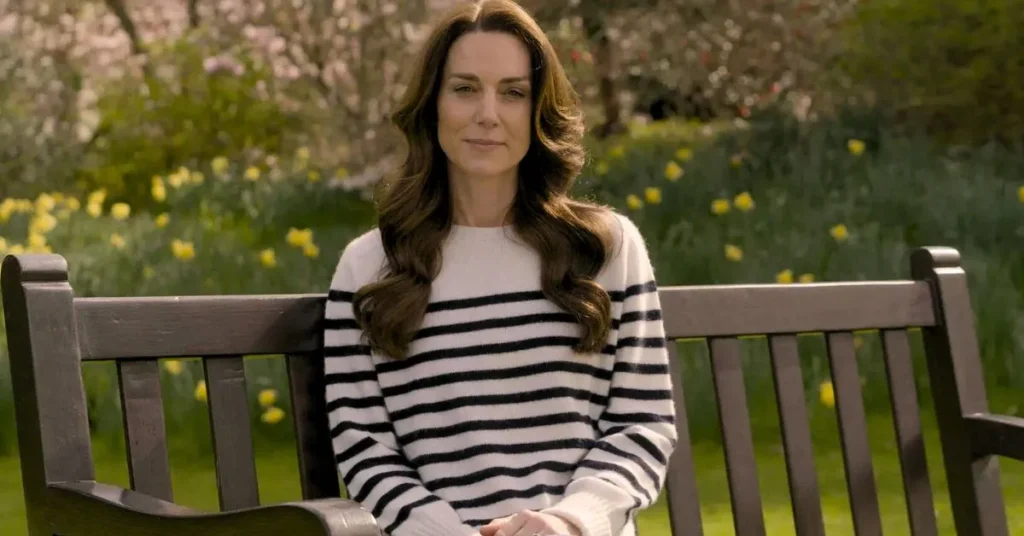
Unless you’ve been living under a rock or on another planet since December, it’s nearly impossible not to have heard about the international fascination surrounding Kate’s whereabouts and well-being. When was the last time a simple, common first name was all it took to identify a princess embroiled in such a public scandal? Kate has become the most searched name in the U.S., surpassing even the likes of Biden and Trump.
In uncertainty, the world finds solace in following Kate’s journey, rooting for her every step of the way.
Read More: Kate Middleton news: Does Kate Middleton have cancer?
Before Kate’s cancer diagnosis came to light, even former President Trump and the White House had commented on the situation. Following what Kensington Palace described as ‘routine’ abdominal surgery, despite a planned trip to Italy in March needing to be rescheduled, speculation about Kate’s health status spread widely. Despite the announcement that she wouldn’t resume official royal duties until after Easter, social media has been flooded with conspiracy theories about Kate’s true condition, including distasteful rumors about whether she was even alive.
In a recent interview with British broadcaster Nigel Farage on GB News, former UK Independence Party Leader and Leader of the Brexit Party questioned former President Trump about the acceptability of photoshopping. Trump responded by saying that photoshopping shouldn’t be a big deal, as it’s something that everyone does. He cited examples of movie actors who look different in photos compared to real life. Trump mentioned seeing a photoshopped picture of Kate, describing it as a minor alteration. He acknowledged that it’s a tough time for her, with people going after her.
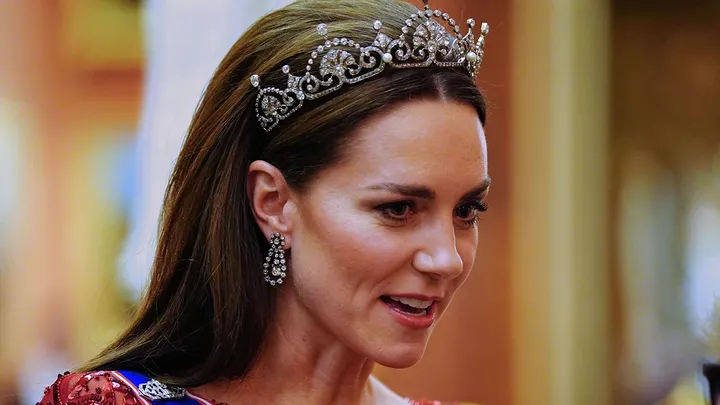
Trump was correct on all counts. Photoshopping is nothing new; it has been prevalent throughout history, even before painted portraits of monarchs and the invention of photography itself.
The issue surrounding Princess Kate Middleton’s edited photo wasn’t just about the act of editing itself. It was about the fact that the edited photo was released officially by Kensington Palace at a time when how she looked and how her health was depicted was critically important. Her statement put all speculation to rest.
Back in 1999, when Prince Edward married Sophie, their official photo, taken by Sir Geoffrey Shakerley, was also photoshopped. A smiling photo of Prince William, who was 17 at the time, was inserted because the original photo didn’t show him looking ‘happy enough’. This was known at the time, but it didn’t cause the same international uproar.
The difference between historical instances and the current scandal lies in the context of the release and the increased public scrutiny that all photos undergo, along with the widespread availability of digital editing tools. Nowadays, with public trust in institutions questioned globally, such manipulation is no longer tolerated. Authenticity is valued more than ever, and the royal family, accustomed to such editing in the past, can no longer present such photos to the public without facing criticism.
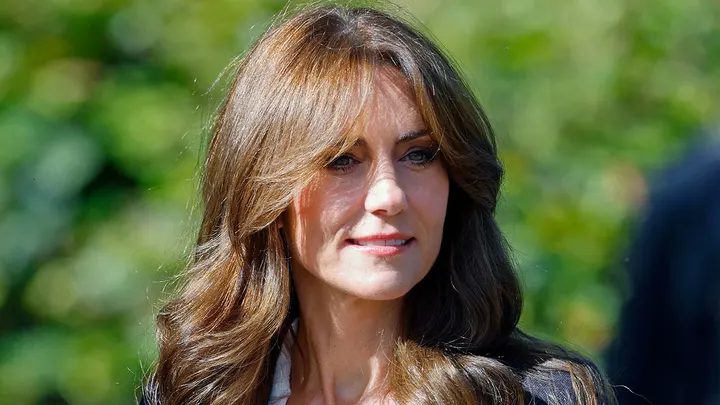
Roman sculptors often depicted their subjects in idealized forms, emphasizing certain characteristics through stylistic cycles. Emperors were more concerned with portraying themselves in a way that legitimized their authority or aligned them with revered predecessors rather than aiming for strict accuracy. For instance, Emperor Augustus, who lived from September 23, 63 BCE to August 19, 14 CE, used his image to project a powerful persona to the Roman populace.
Similarly, editing and improvements to images are not new practices for British or other royal families. Throughout history, such manipulation has been used on numerous occasions to depict events somewhat inaccurately, thereby shaping public opinion.
Even in historical depictions like the Bayeux Tapestry, which portrays events leading to the Norman Conquest of England in 1066, there are inaccuracies. For example, it shows King Harold II with an arrow in his eye, although historical records suggest he was killed by being hacked to death by a knight while lying on the ground.
Portraits of Henry VIII were frequently altered to present a more favorable image, often hiding his weight gain. Similarly, Victorian-era artists would touch up photographs to remove imperfections before producing the final image. This practice extended to photographs of Queen Victoria.
Even in America, there are examples of image manipulation. A famous photograph of President Lincoln circulated after his assassination depicts his head on a body that isn’t his own, showcasing the extent to which historical images can be altered.
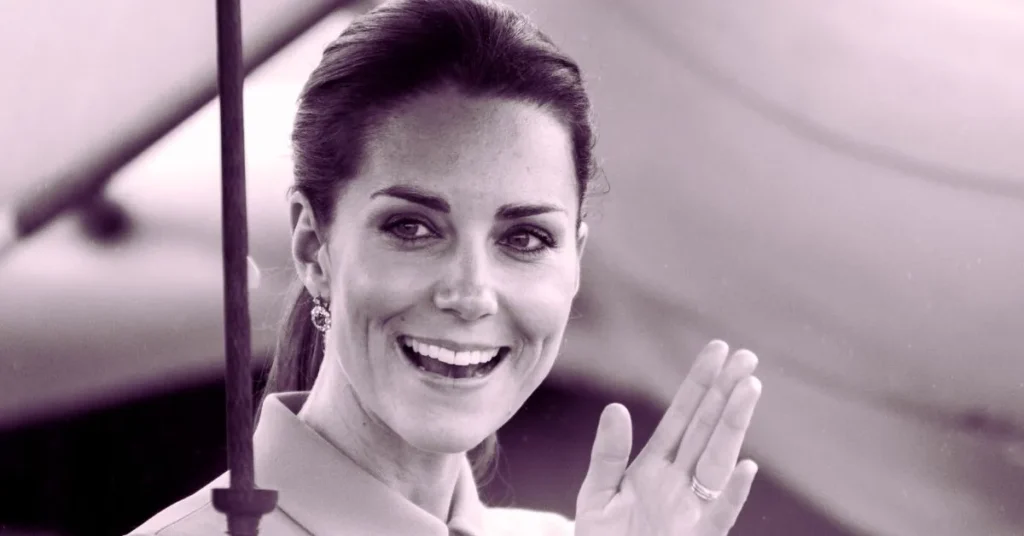
The famous portrait of Lincoln has an interesting backstory. Before delivering his influential Cooper Institute address in February 1860, which played a crucial role in securing his Republican presidential nomination, Lincoln had his portrait taken by Mathew Brady at his New York studio on Broadway and Tenth. Brady provided an enhanced version of the portrait for public distribution. This editing was innovative for its time. The edited version received such a positive reception that President Lincoln later credited Brady and the Cooper Institute for helping him become President.
Ultimately, whether it’s historically acceptable or not to manipulate public opinion with edited images, all leaders, politicians, and royalty rely on public trust. Once that trust is lost, it’s incredibly difficult to regain. However, Kate has managed to do so in just over two minutes.
Kensington Palace is now taking charge of the narrative, which is no easy feat in today’s world. With the security breach regarding her medical records, the pressure on Kate and the palace has intensified. Leaks have spun out of control, fueling speculation even further. The resulting chaos has led to unprecedented perception problems and a loss of respectability, damaging the royal image of excellence and propriety.
Kate’s video statement effectively doused the global firestorm and social media frenzy, providing a dignified response to the situation and significantly reducing further speculation. As a result, Kate is likely to be left in peace until she resumes her public duties, which is expected to be around April 17th, although she may decide to attend Easter services.
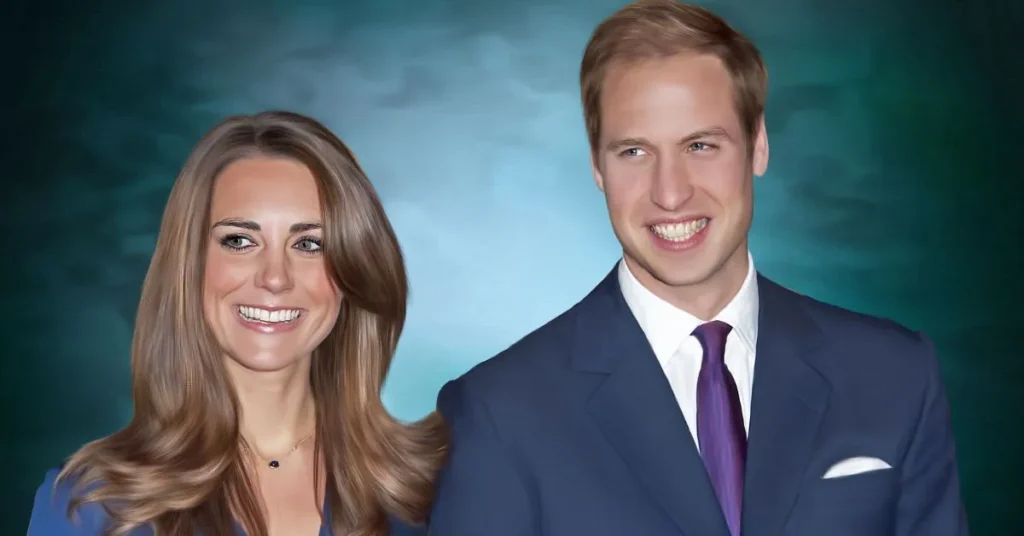
In the end, no one can fully control the press, social media, or public opinion. It’s a new era, and it requires resilience. Despite any past challenges or uncertainties, Kate is now the most searched name worldwide. This trend is unlikely to fade anytime soon.
While her cancer diagnosis is saddening, Kate carefully conveyed hope to others and reassured us of her well-being. Let’s also consider the potential positives to emerge from this situation. Perhaps Oscar Wilde’s words ring true here: “There’s only one thing in the world worse than being talked about, and that is not being talked about.” Despite the discomfort and discouragement it may bring, this episode and Kate’s response may inadvertently contribute to the monarchy’s longevity. The British royals remain relevant and capture the attention of a new generation in our rapidly changing world.
Frequently Asked Questions (FAQs)
what kind of cancer does Kate Middleton have?
While the exact type of cancer Princess Catherine hasn’t been revealed, experts say that the situation she described in her recent public statement—finding cancer during another procedure, like a “major abdominal surgery”—is sadly a common occurrence.
Princess Kate Middleton’s age?
Princess Kate Middleton was born on January 9, 1982, making her 42 years old.
